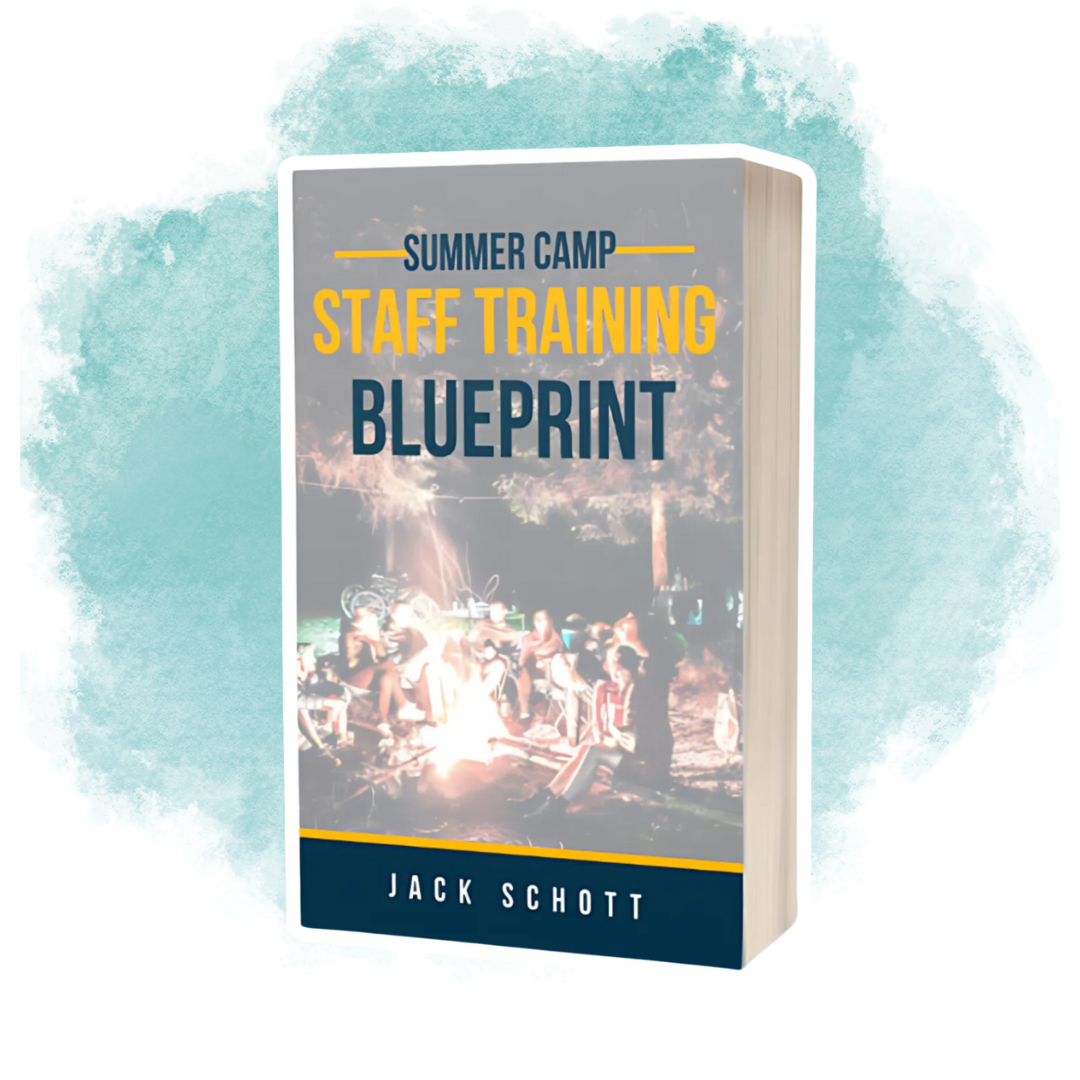10 Things to Do to Prepare for Camp Staff Training
By Sarah Kurtz McKinnon
10. Prepare supplies boxes
First off, please delegate the actual execution of this task to someone else! But make sure it gets done. In each orientation space, create a supplies box. This can be a storage bin that has everything presenters might need for an orientation session. This way, when orientation begins, the facilitators are not spending time running around looking for basic supplies. They are all at their fingertips. You are also modeling preparedness for the staff. Your boxes might be different, but here’s what I have in mine:
Post-It Notes (lots)
Index Cards (lots)
Chart Markers
Sharpies
Pens (enough for entire group)
Butcher Paper
Painter’s Tape
Scissors
Extension Cord & Power Strip
Adapters for projector use
Scrap paper
9. Make (at Least) 3 Calls
Choose three staff from last summer who are returning--ideally a superstar staffer, someone who experienced a lot of growth last summer, and an average staff member. Ask them about their biggest memories from staff training last summer, both good and bad. Run a new idea by them. This builds buy-in and is a strong gut check for your current plans.
8. Test AV
It’s OK to use AV, but it’s not OK to use crummy AV. Spend some time testing your audio and video equipment exactly as you will use it during staff training presentations. Then, designate a staff member to be the AV expert during staff training. Since many of us have less-than-perfect internet at our facilities, it can also be helpful to download any videos you are going to use during training to your hard drive.
7. Rehearse
Not sure how a new session is going to go? Read about a game in Find Something to Do but not sure how it will run in real life? Pull together a small group and do a dry run. You don’t even have to do the full presentation or game. Any amount of practice where you solicit feedback makes a big difference. I do this all the time for my conference and camp presentations—whether it’s asking four friends to sit in on a session I’ve written for Tri-States or asking my friend’s wedding party to test a quick icebreaker while we wait around, I always get important feedback that makes my presentations better.
6. Clear Your Own Schedule
Do your best to be present during staff training. YOU do not always have to speak during staff training—in fact, Steve Maguire says to speak as little as possible! But it is important that you stay present in as many sessions as you can. Try to schedule inspections or tours in times outside of orientation, or delegate a staff member (such as your facilities director) to manager those obligations. Put up an “out of office” on your email and appoint an office manager to handle day-to-day phone duties. You need to be present for questions or clarifications, and it is a huge sign of respect for the training process if you participant.
5. Make a Playlist
Or, even better, appoint a few cool returning staff to make an appropriate playlist for staff training and then serve as DJs. After sessions, over snack breaks, at breakfast and more—having music playing can set the tone for staff training and help nullify some of the awkwardness during in-between times.
4. Send Out This Video
We always are saying that we want our staff to lead sessions during staff training! Yes! However, not all of our presenters know what makes up a great presentation. A simple (and maybe cheesy) video like this one can help new presenters figure out the elements they need to craft a great session.
3. Make time for Official Q&A
Staff, especially new staff, have no idea what to expect when they come to staff training. And, let’s face it, staff training can be kind of weird! Have a leadership team member such as a head counselor host a Q&A on a video chat (we recommend Facebook Live or Zoom) about what to expect upon your arrival at camp and during your staff training experience. If staff can better mentally and even physically prepare for the training experience, they will get much more out of it.
2. Reach Out
Have a returning leadership team member reach out to each new staff member to make a connection. For most of us, a single professional staff member has been the sole point of contact for our new staff before they get to camp. If a leadership team member can make a high-quality connection with a new staffer, that new staffer will have another person they are already familiar with once they get on site. Plus, your new staffer may ask this new contact any questions that they might feel silly asking you.
1. Be a Human
Figure out how to position yourself as a real human with your staff. Yes, you read that right. But so many camp directors are wrapped up in the logistics of camp and training that they forget to share with their staff who they are, why they do what they do, and what they need as leaders to be successful. The more your staff know that you are a human, too, the more approachable you are as a supervisor and the more understanding they will be to your motivations and needs.
COMMUNITY. Conversation. Creative thinking.
Sarah Kurtz McKinnon is a camp director, consultant and trainer. She's also one of the co-founders and co-facilitators of The Summer Camp Society! Reach her at kurtz@thesummercampsociety.com.

Ready to Elevate Your Summer Camp Staff Training?
Empower your camp staff with the tools they need for success.
Visit our dedicated training site for expert resources, training modules, and more.


